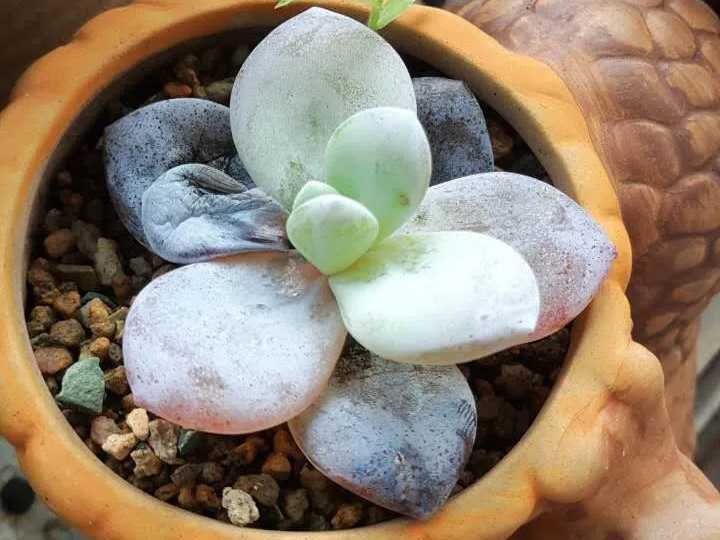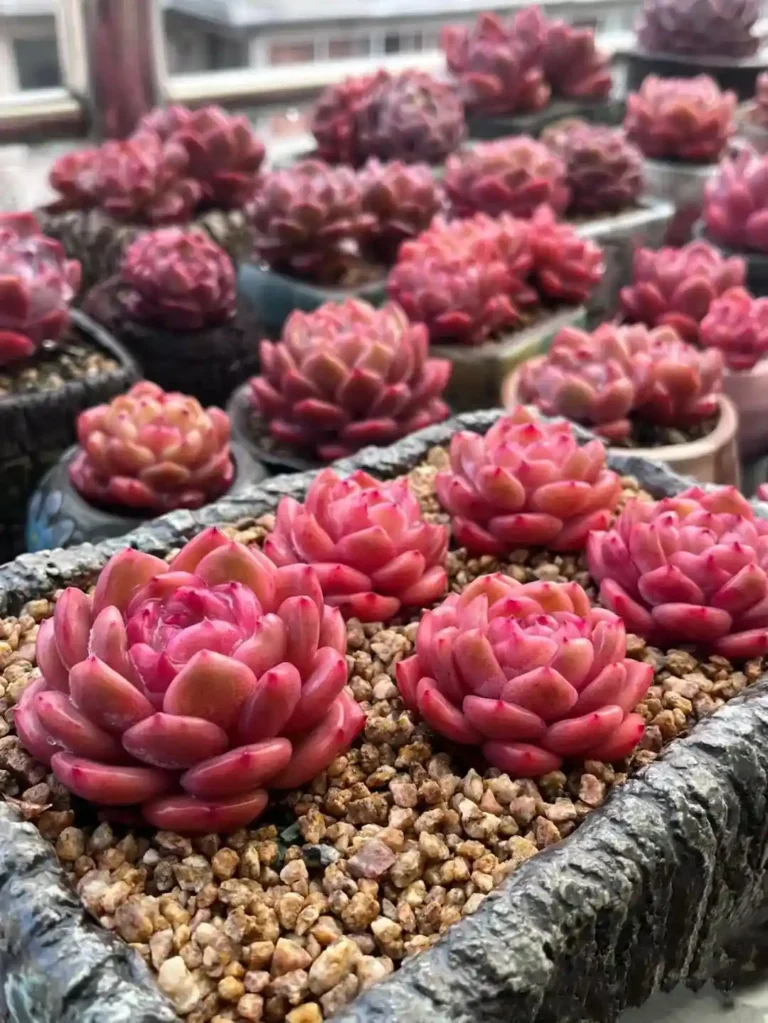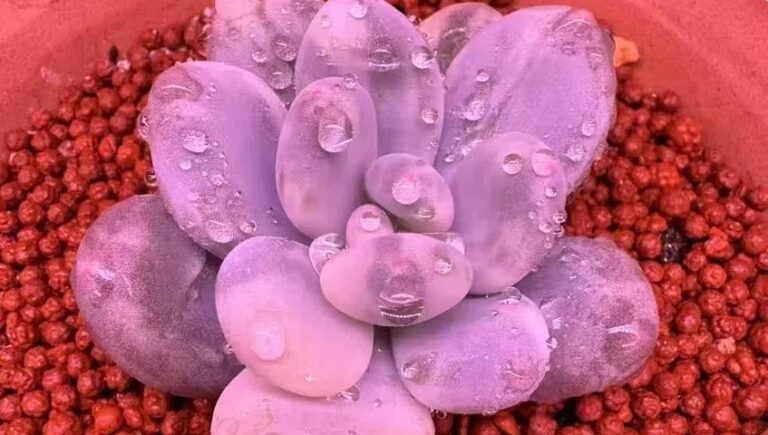As a veteran of succulent care for over five years, I deeply understand the importance of preventing fungal infections in succulents. The four most common succulent plant diseases, powdery mildew, sooty mold, gray mold and black rot, can break out at any time during wet seasons or in poorly ventilated environments. This article will analyze the causes of these diseases in detail and provide proven succulent care tips to help you establish an effective plant disease control system. Whether you are a novice or an experienced hobbyist, these practical solutions will help keep your succulents healthy.
Four Culprits of Fungal Diseases of Succulents
Before implementing succulent disease control, it is important to understand the characteristics of four typical fungal infections:
Powdery mildew: white powdery patches appear on the surface of leaves
Anthracnose: formation of black sooty attachments
Gray mold: produces a gray fluffy mold layer
Black rot: blackening and rotting of the stem
These succulent disease outbreaks are closely linked to three key factors:
Environmental humidity: when the air humidity exceeds 70% for a sustained period of time (e.g., on a return day in the south or in a heated room in the north), the spore activity increases significantly
Temperature conditions: 15-25°C is optimal for fungal reproduction, and high temperatures and high humidity multiply the risk of infection
Inadequate ventilation: Closed space leads to moisture retention, creating a perfect breeding ground for germs.
Succulent Care Tips for Physical Protection Programs
To achieve effective fungal infection prevention, the following succulent care tips are recommended:
- Intelligent Ventilation Management: Ensure air circulation for more than 4 hours per day, assisted by a small circulation fan (forced ventilation when humidity is >80%).
- Light control program: Ensure 3-5 hours of direct light per day, UV rays can naturally inhibit more than 75% of fungal reproduction.
- Precise watering strategy: use the “fingertip test” (water when the first knuckle of the inserted soil is dry) to avoid waterlogging of the substrate.
According to experimental data, under the same environmental conditions:
- 83% reduction in infection in plants maintained at 40-60% humidity
- Delayed onset of disease by 2-3 weeks in potted plants ventilated >5 hours per day
- 67% increase in group cure rate when used in combination with supplemental lighting
Succulent Disease Control Drug Guide
When physical protection fails, scientific medication is the last line of defense in succulent fungal infection prevention:
→ Preventive phase: quarterly application of Manganese Zinc Diclofenac Wettable Powder (1:1000 ratio)
→ Treatment phase:
Powdery mildew: pyrimethanil suspension (focus on spraying the back of the leaves)
Black rot: apply carbendazim after immediately removing the infected area
Sooty blight: phenoxymetrazole + mineral oil synergistically applied
Special note: When implementing succulent disease control:
√ Prioritize biological agents (e.g. Bacillus subtilis) for indoor environments
× Avoid using emulsifiable agents in confined spaces
× Purely physical control programs are recommended for pregnant women/pet households
It is recommended to create a succulent care log to record:
① Daily temperature and humidity fluctuation data
② Watering frequency and volume
③ Changes in plant status.
By tracking the data for 3 months, you will be able to accurately grasp the best time to prevent fungal infections and increase the efficiency of succulent care techniques by more than 40%.
Mastering these core essentials of succulent disease control, along with scientific succulent care techniques, can effectively prevent fungal infections even during wet seasons. Remember, the secret to successful succulent care lies in: understanding environmental needs + timely interventions + continuous observation and adjustment. Build a healthy defense system for your succulents now!





